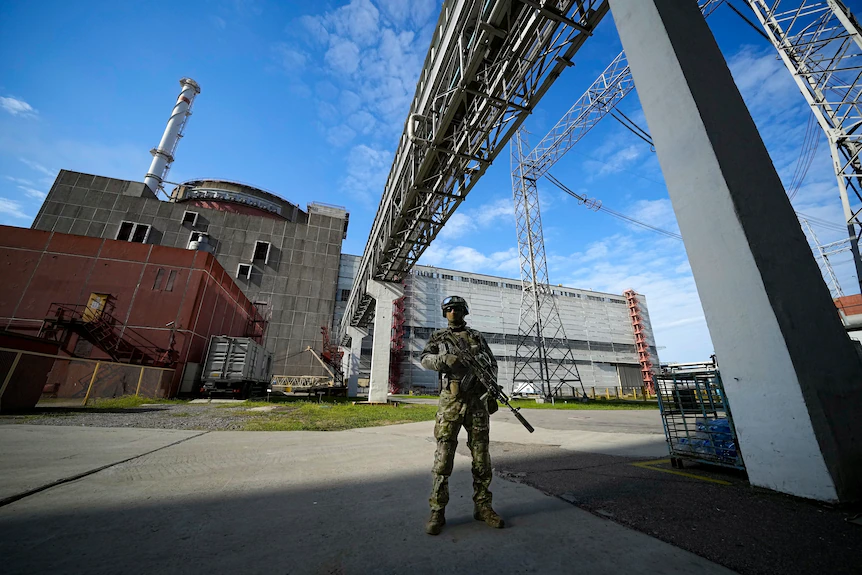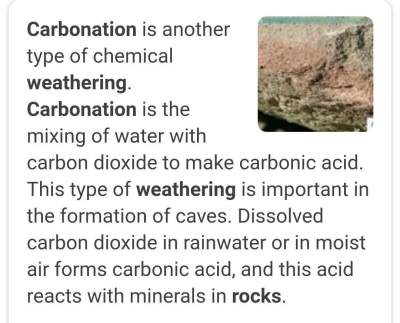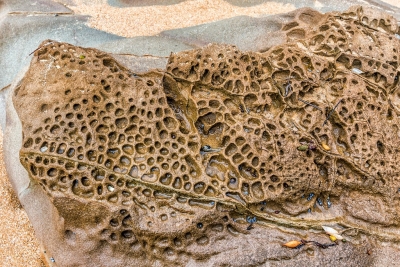Which is Europe's largest nuclear plant?

The Zaporizhzhia plant in southern Ukraine is Europe's largest nuclear plant. It was captured by Russia in March, following its invasion of Ukraine in February 2022, raising global fears of a nuclear disaster. Bouts of shelling in the region followed, prompting calls for an urgent inspection of the facility by experts of the International Atomic Energy Agency (IAEA). But what is IAEA and what are its functions? Let's find out.
The International Atomic Energy Agency, abbreviated as IAEA, is the United Nations' nuclear watchdog. The centre for nuclear cooperation and safeguards, the IAEA seeks to promote safe, secure, and peaceful use of nuclear technologies contributing to international security.
It was U.S. President Eisenhower's "Atoms for Peace" address to the U.N. General Assembly (UNGA) in December 1953 that sowed the seeds for the creation of the agency. The IAEA was established in 1957 as an autonomous agency within the U.N family in response to fears arising from the varied uses of nuclear technology.
The IAEA is an autonomous agency with its headquarters in Vienna, Austria. It works with its over 170 member states worldwide to "promote and control the Atom" for peaceful purposes and enable exchange of scientific and technical information between them. Being the international safeguards inspectorate, its mandate includes setting the framework for cooperative efforts to strengthen an international nuclear safety and security regime and verifying whether the member states fulfil their non-proliferation undertakings under the Treaty on the Non-Proliferation of Nuclear Weapons (NPT).
Funded by its member states and other donors, the IAEA runs scientific research labs in Austria, Monaco, and Italy. It reports to the UN General Assembly every year, and to the UN Security Council if need be when there are instances of non-compliance with regard to safeguards and security obligations by member states.
Picture Credit : Google













